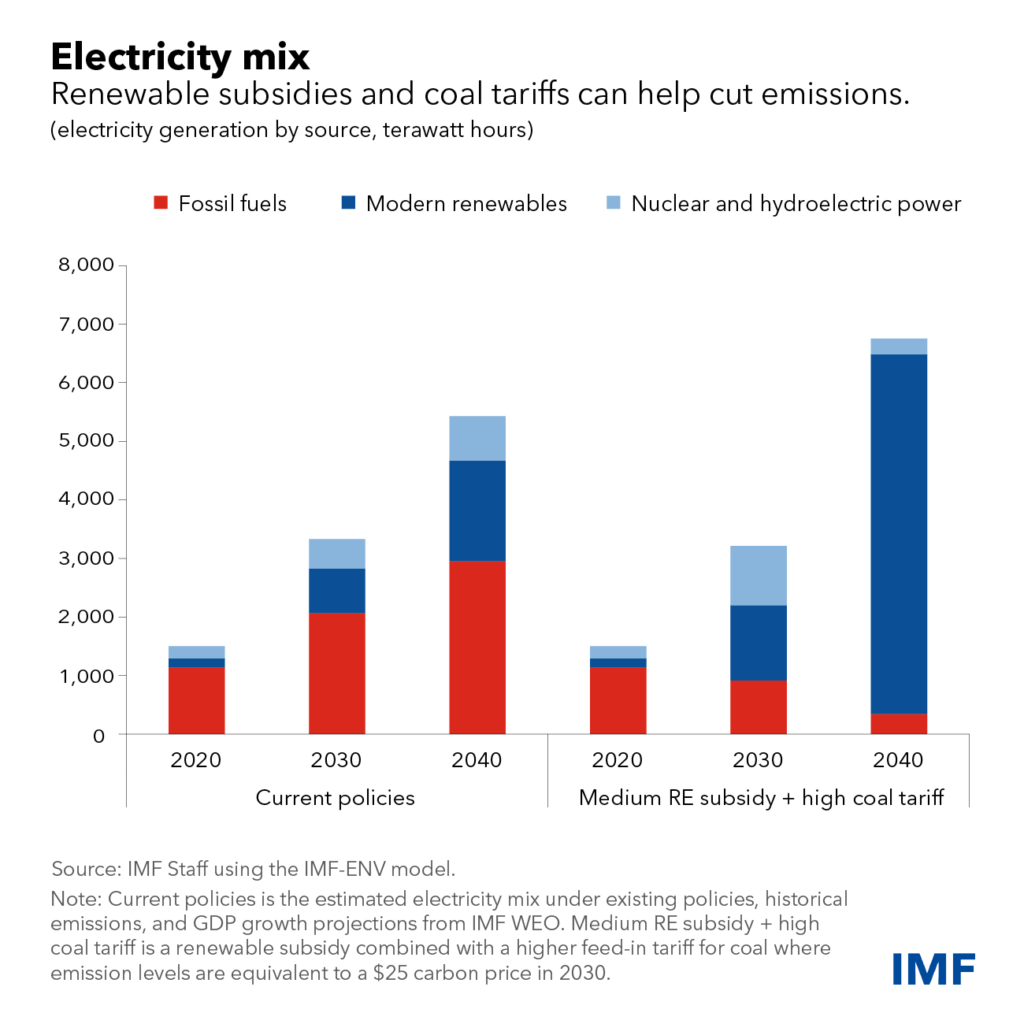Emission Control and Economic Boom: India’s Balancing Act
As India pushes for renewable energy, it’s also striving to improve energy access and security. Meanwhile, it’s aiming to be among the fastest-growing economies. This anticipated growth will undoubtedly increase energy demand. The choice it makes in meeting this demand, whether through fossil fuels or green options, will significantly impact its greenhouse gas emissions.
Progress and Challenges Ahead
Although India has made notable strides in reducing emissions under the Paris Agreement, there’s a catch. If current policies remain, total greenhouse gas emissions could rise by over 40% by 2030. In the short-term, a slight increase in emissions may be unavoidable to meet poverty reduction and energy security goals. However, a faster scale-up of policies could counter this rise, bringing down emissions in the medium term and setting India on a path towards net-zero emissions by 2070.

The Path to Net Zero
Getting to net-zero won’t be easy. It requires lifestyle adjustments and some of these changes will come with a hefty price tag. Nevertheless, taking action now could lower the overall cost. While India has plans to invest more in coal-fired power plants, limiting these investments could save substantial fixed costs. At the same time, promoting renewable energy allows for a more gradual policy adjustment. Not only could this be less politically costly, but it also fosters the continual adoption of new technologies.
Our research indicates an alternative. By scaling up current policies, an alternate emissions path could be created. One of our key proposals includes a gradual increase in renewable energy subsidies, combined with higher emissions taxes. Consequently, this move could reduce India’s reliance on imported fuels, ensure universal access to energy, and mitigate the negative health effects from pollution. In addition, external climate financing and technology transfer could be effective tools in mitigating costs and ensuring sustainability.

Impact of Policies
Adopting the proposed changes could make a significant difference. Combining renewable subsidies and higher tariffs on coal could result in emissions being one-third lower by 2030 compared to the trajectory under current policies. In this scenario, the growing energy demand is met predominantly with renewable energy, allowing coal power to taper off. This could also increase the overall electricity supply.
While it’s true that the policy could lead to a modest drop in real GDP, it’s not all bad news. The policy could raise enough fiscal revenues to compensate the poorest citizens, making it progressive overall. Moreover, this policy would be less distortionary than other available options.
Benefits of Lower Emissions
The advantages of lower emissions are substantial. Boosting renewable energy usage and reducing coal consumption under this policy scenario could lead to a 2.5% cut in pollution. This reduction could save lives, lead to fewer missed school and workdays, and even decrease coal imports by 14% by 2030, thus enhancing energy security.
Source: This blog post is based on an article originally published by the International Monetary Fund (IMF).
